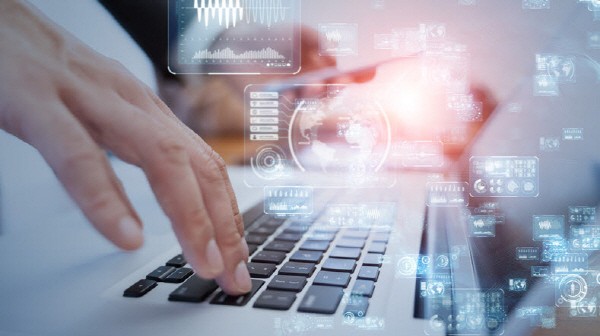
It was found that for many national informatization businesses’ maintenance rate, which shows the maintenance cost compared to the software (SW) delivery price, was less than 10%. This is lower than the average public sector SW maintenance rate, which is around 11%. And it resulted in many raising their voices to the industry calling for improvement.
According to the Ministry of Science and ICT on the 15th, among the 300 businesses with identified maintenance rates that the national informatization implementation plans submitted by central administrative agencies, 258 businesses had a rate of less than 10%. The average maintenance rate for those 258 businesses was only 9.1%.
It is even lower than the average 11.1% SW maintenance rate in the public sector (central administrative agency, local government, public institution) surveyed by the Korea Software Industry Association. It is 3.3 percentage points (P) lower compared to the private sector, which has average of 12.4%. There is a difference of more than 10%p from the maintenance rate of major foreign software such as SAP and Oracle, which has 20%.
The maintenance rate is the ratio of the maintenance cost to the implementation (delivery) price of commercial software. After one year of software implementation, a maintenance contract is signed and maintenance such as service management, change, and function upgrade is implemented. It is different from defect repair, which corrects functional errors.
Maintenance is essential in order to improve performance and stay up to date in line with the rapidly changing information and communication technology (ICT) environment. From the SW company's point of view, maintenance costs are an important factor in enhancing product and technical capabilities. It also plays a role in new R&D investment and human resource recruitment.
Institutions cannot receive appropriate services according to environmental changes unless an appropriate maintenance ratio is secured.
From 2018 to 2020, the maintenance rates in the public sector remain unchanged at 11.0%, 10.8%, and 11.1%, respectively. The SW business unit recommends dividing it by 12-20% (grade 5-1) in the guide, but the reality is far from being achieved.
The public sector plays a key role in spreading private technology in the ICT industry, In particular, there is a general consensus that central administrative agencies will have to raise the maintenance rate to an appropriate level to spread it throughout the public sector.
The solution is to change the perception of maintenance and secure an appropriate business budget. If the budget is not sufficient, there is no choice but to reduce the establishment and development costs. The Ministry of Science and ICT plans to start a discussion by operating a public-private joint task force (TF) to resolve current issues in the software industry, including maintenance rates.
Poong-yeon Cho, president of the Korea SW/ICT Federation (CEO of MetaBuild), said, “In the case of an integrated order, the successful bid price is 80 to 90% of the original price, and the unit price for commercial software is lower. The growth of a software company is impossible unless the cost of maintenance rises, since the increase in all costs such as relocation of public institutions to local areas.”
Hak-hoon Kim, CEO of Knowledge Cube, said, “There is an increase in SW talents applying to foreign companies for employment rather than those of domestic, because of the treatment and perception of the software industry. Maintenance rates should also be viewed from the perspective of the software industry as a whole.”
<Table> Changes in public/private SW maintenance rates (unit: cases, %)

By Staff Reporter Ho-cheon An (hcan@etnews.com)